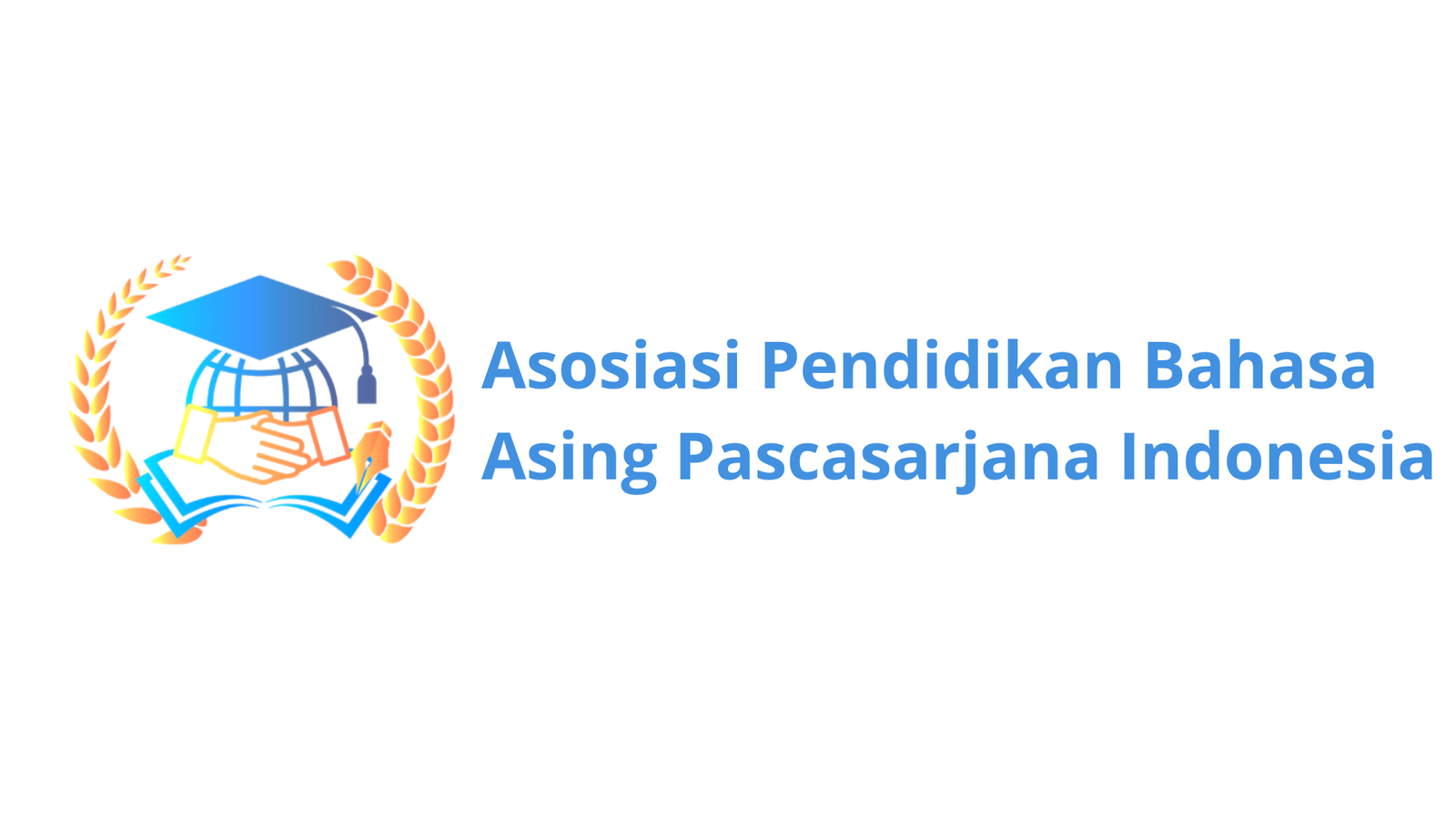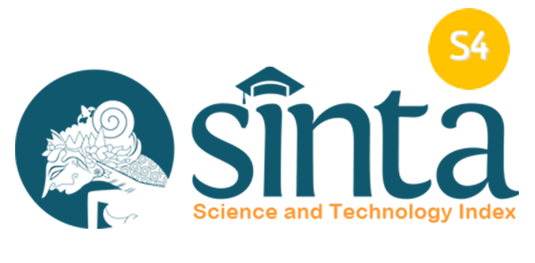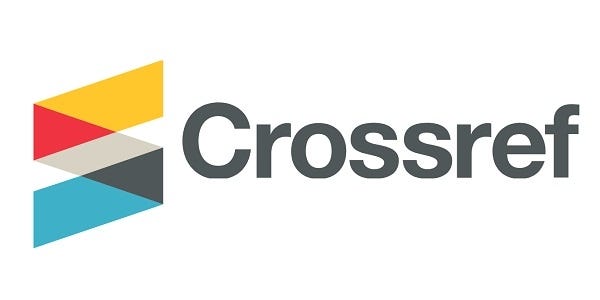The Implementation of Reinforcement Skill in Teaching English in The Pandemic Situation
DOI:
https://doi.org/10.36663/tatefl.v2i2.139Keywords:
Implementation, Reinforcement Skills, Teaching English, PandemicAbstract
This study aimed to identify the types of reinforcement skills and investigate the implementation of reinforcement skills used during the online learning process at SMP Laboratorium Undiksha Singaraja. This study used a qualitative descriptive method as the research design. This study also used an English teacher as the research subject. In collecting data, this study used three methods, namely; observation, interview, and questionnaires. This research was conducted online due to the COVID-19 pandemic. Through the data obtained, this study found the results of the type of reinforcement and the implementation used by teachers during online learning. There are four types of reinforcement used by the teachers, such as; (1) positive verbal reinforcement in the form of praise and partial reinforcement, (2) positive non-verbal reinforcement in the form of gestures, (3) negative verbal reinforcement in the form of enforceable statements, questions, calling out the students' names, and (4) negative non-verbal reinforcement in the form of facial expressions and record the students' misbehavior. In addition, the reinforcement implementation was relevant to the theories suggested by experts by following the five principles in giving reinforcement. Further study is needed to get a deeper understanding toward the implementation of reinforcement in EFL classroom.
Downloads
Downloads
Published
How to Cite
Issue
Section
License
Copyright (c) 2021 Diah Kusuma Werdi

This work is licensed under a Creative Commons Attribution 4.0 International License.
License Terms
- Attribution — You must give appropriate credit, provide a link to the license, and indicate if changes were made. You may do so in any reasonable manner, but not in a way that suggests the licensor endorses you or your use.
- ShareAlike — If you remix, transform, or build upon the material, you must distribute your contributions under the same license as the original.
- No additional restrictions — You may not apply legal terms or technological measures that legally restrict others from doing anything the license permits.


















